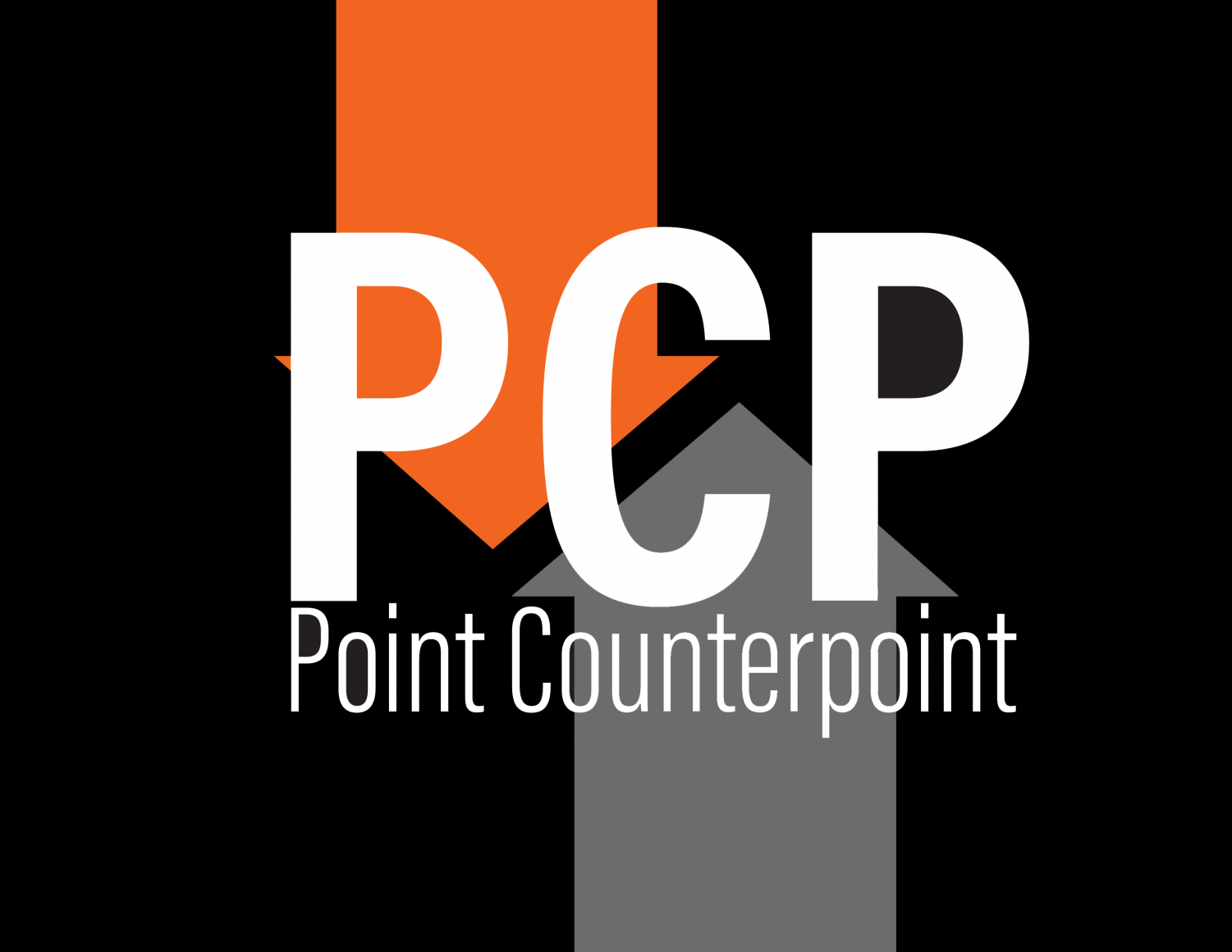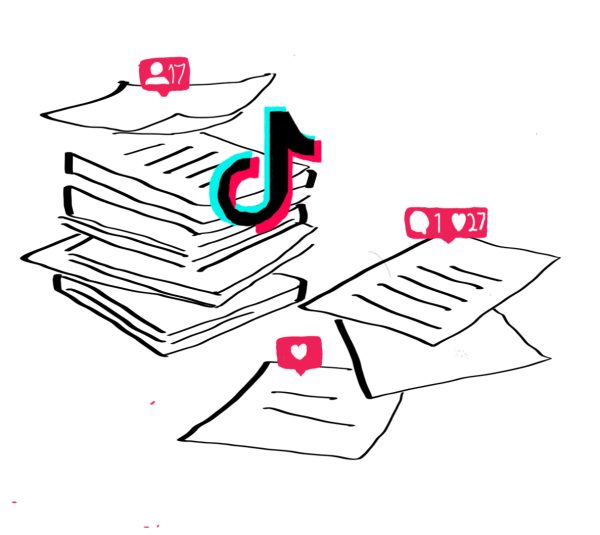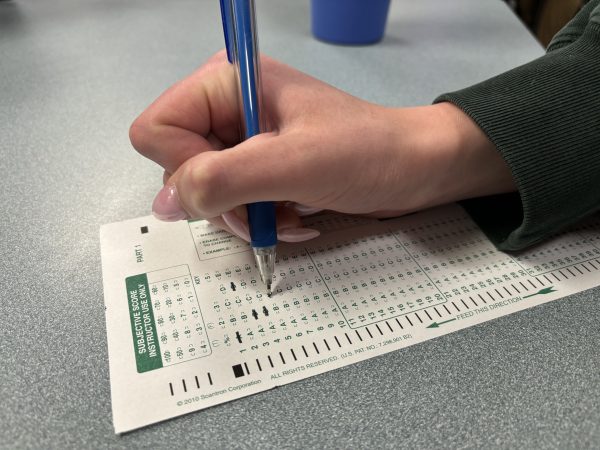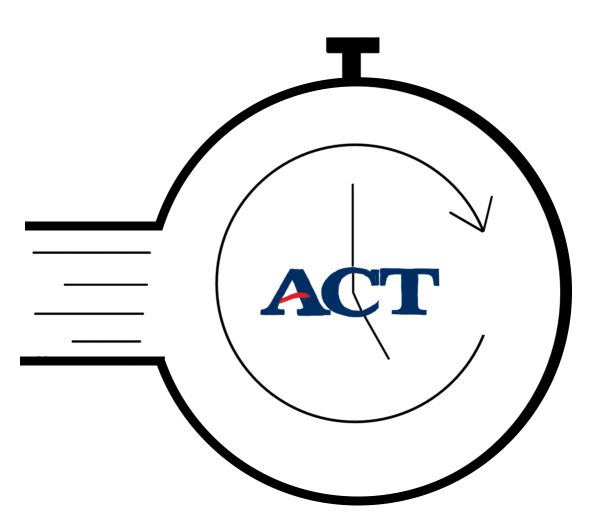Virtual textbooks provide learning advantage
Digital materials yield ecological, financial benefits
December 13, 2016
Online textbooks provide Park teachers and students with health, cost and environmental savings and benefits that physical textbooks cannot.
Over four million trees are destroyed annually to produce physical textbooks, according to Independent School Management (ISM). According to ISM, it takes around one gallon of oil to produce a single ink cartridge and 13 cartridges are disposed of every second. Transitioning to e-textbooks would alleviate these issues.
Most e-textbooks also come with numerous functions which benefit students, including a search and find feature within the book, an embedded dictionary, text-to-speech features and the ability to digitally annotate. Digital textbooks can also be updated, instantly saving the school money from buying new books when only minor changes are made. Online textbooks can often be downloaded onto a device so students without Wi-Fi can read at home, according to ProCon.
Online textbooks are significantly less expensive than physical books. With tablet prices rapidly decreasing, schools can save $250 to $1000 per student per year, according to the Federal Communications Commission. In a Pew Research study, 87 percent of teenagers aged 13 to 17 had access to a laptop or desktop computer, 73 percent had a smartphone and 58 percent had access to a tablet.
The use of e-textbooks is also supported by education officials over printed textbooks. The U.S. Department of Education and recent studies by the National Training and Simulation Association said the use of technology can drastically minimize the time necessary for students to reach a learning goal by up to 8 percent.
E-textbooks provide many more benefits than drawbacks, and outweigh any reason to keep physical textbooks.













